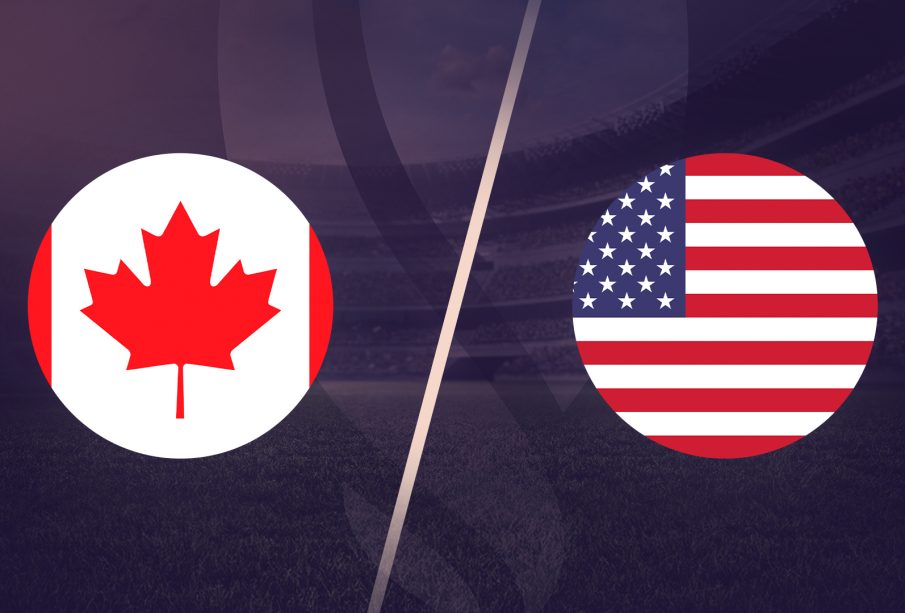USA vs Canada: A Comprehensive Comparison

Introduction
The relationship between the USA and Canada is one of the most significant bilateral partnerships in the world, marked by strong economic ties, cultural exchanges, and shared values. This comparison is relevant as it showcases both the individual characteristics of each country and their collaboration on various global issues. Understanding these differences and similarities can provide insights into the geopolitical landscape and affect everything from trade agreements to cultural exchange programs.
Geography and Demographics
The USA, located to the south of Canada, is significantly larger with a population of over 331 million people, making it the third most populous country globally. In contrast, Canada is the second-largest country by land area but has a much smaller population of around 38 million. This demographic disparity leads to differences in urbanization, lifestyle, and economic opportunities.
Cultural Influences
Both nations boast diverse cultures stemming from a rich tapestry of immigration and indigenous histories. The USA is often characterised by the concept of the ‘American Dream’ and a strong emphasis on individualism and personal freedom. Canada, however, tends to promote multiculturalism and collective values, leading to a more pronounced emphasis on social welfare. These cultural foundations influence everything from arts and education to community policies.
Economic Contrasts
Economically, the USA is the largest economy in the world, with a GDP of over $21 trillion, while Canada follows as the 10th largest, with a GDP of approximately $2 trillion. The USA boasts a more diversified economy with leading sectors such as technology, finance, and entertainment. Canada, meanwhile, is rich in natural resources and has a significant focus on energy, mining, and agriculture. Despite these differences, the countries share the United States-Mexico-Canada Agreement (USMCA), facilitating substantial trade.
Political Landscape
The political systems also differ: the USA operates under a federal republic system with a clear separation of powers among branches, while Canada is a constitutional monarchy and parliamentary democracy. Current political issues, such as immigration policy and health care, reveal both cooperation and tension between the two nations. The contrasting approaches to these policies are reflective of their respective national identities and governance philosophies.
Conclusion
In conclusion, while the USA and Canada share a long border, they display distinct differences in geography, culture, economics, and politics. Understanding these nuances is crucial for fostering a deeper appreciation of their relationship and how they navigate bilateral issues. As both countries face modern challenges from climate change to economic recovery post-COVID-19, the collaboration and competition between them will continue to shape North American dynamics for years to come.








